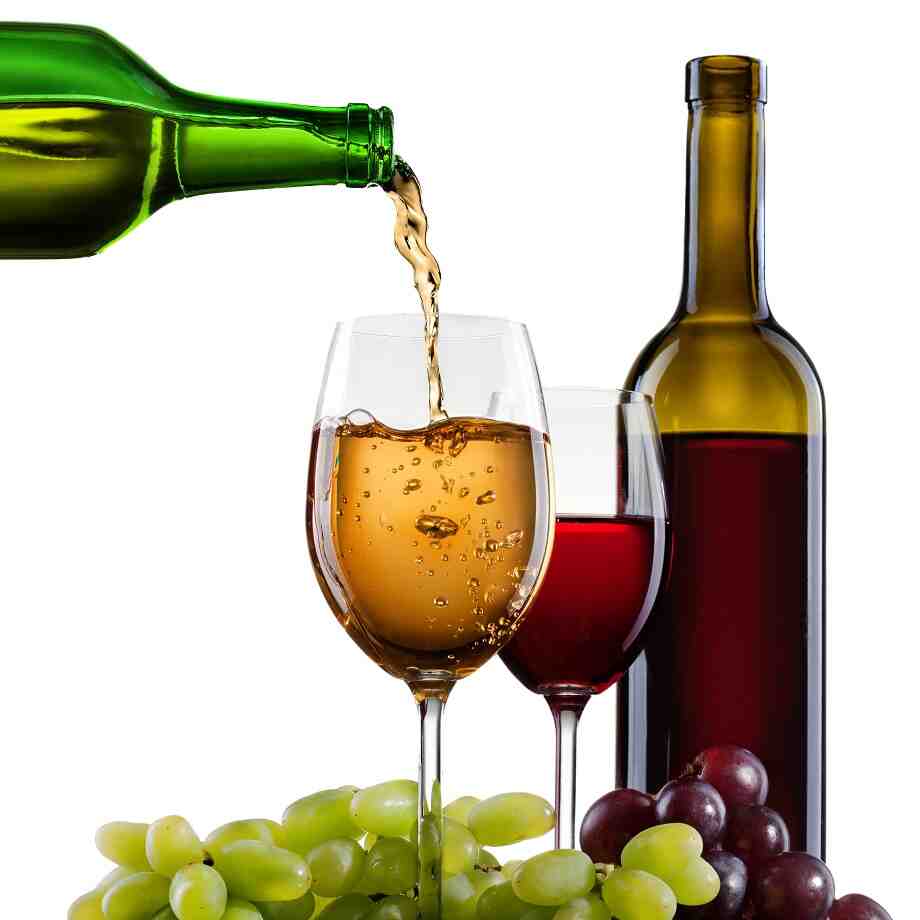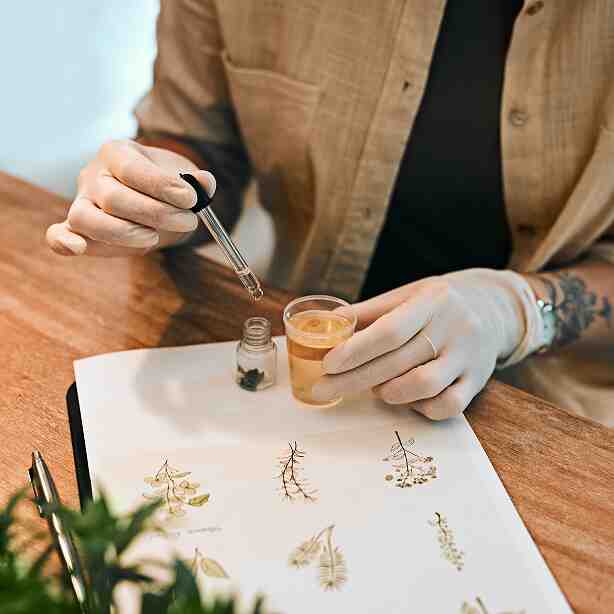A Beginner’s Guide to Understanding Wine Aromas and Flavors
Wine is a drink that has captivated humanity for centuries, with its diverse flavors and aromas continuing to intrigue connoisseurs and newcomers alike. Whether you’re sipping on a glass of red at dinner or sampling a crisp white at a social gathering, understanding the various aromas and flavors in wine can elevate the experience from simply drinking to truly appreciating the art of winemaking. For beginners, the world of wine might seem overwhelming, but once you break it down, understanding the complexity of wine is both rewarding and fun. In this guide, we’ll explore the basics of wine aromas and flavors, how they are developed, and how to recognize them in your glass.
The Basics: What Are Wine Aromas and Flavors?
To begin with, it’s important to understand the difference between aromas and flavors in wine.
- Aromas: These are the scents you detect when you sniff the wine. Aromas are primarily influenced by the grape variety, the wine’s fermentation process, and the environment where the grapes are grown. These scents come from a complex combination of compounds that are released into the air as the wine interacts with oxygen.
- Flavors: Flavors are what you experience when you taste the wine. They are not just about the basic tastes like sweetness or bitterness, but also about how the various elements of the wine (acidity, tannin, sweetness, and alcohol) come together. The flavors you taste can also be influenced by the aromas, which is why the sense of smell plays such an important role in the wine tasting experience.
The Different Types of Wine Aromas
Wine aromas can be divided into three broad categories: Primary, Secondary, and Tertiary aromas. Each type of aroma is related to different stages in the wine’s creation.
1. Primary Aromas
Primary aromas come from the grapes themselves and are largely determined by the grape variety, terroir (the environmental factors like climate, soil, and topography), and the ripeness of the grapes. These aromas are most prominent in young wines. Common primary aromas include:
- Fruity: This is one of the most common primary aromas found in wine. Depending on the grape variety and the region, you may notice aromas of fresh fruits like berries, apples, peaches, citrus, or tropical fruits like pineapple or mango.
- Floral: Some wines, especially white wines like Riesling or Gewürztraminer, have floral aromas. These can range from subtle hints of jasmine or elderflower to more fragrant notes like rose petals or orange blossom.
- Herbal and Green: Certain wines, such as Sauvignon Blanc, can exhibit green or herbaceous aromas. These include scents of grass, bell pepper, or even freshly cut hay.
2. Secondary Aromas
Secondary aromas develop during the fermentation process and are related to the wine’s production. These aromas arise from the interaction between the yeast used in fermentation and the sugars in the grapes. The types of fermentation, like malolactic fermentation (which softens acidity), can also have an impact on secondary aromas. Common secondary aromas include:
- Yeasty/Bready: Wines made with extended yeast contact (like Champagne or other sparkling wines) often have aromas of yeast or bread dough. This is a sign that the wine has undergone a process called autolysis, where the yeast cells break down, releasing these aromas.
- Buttery: Wines that have undergone malolactic fermentation, such as Chardonnay, can develop buttery aromas, which come from the conversion of malic acid to lactic acid during fermentation.
- Nutty: Certain wines, especially those aged in oak barrels, can have nutty aromas like almond, hazelnut, or walnut. This is often a result of the interaction between the wine and the wood during aging.
3. Tertiary Aromas
Tertiary aromas evolve as the wine ages, either in the bottle or in oak barrels. These aromas are more complex and are often associated with older wines. As the wine matures, compounds like esters, phenols, and aldehydes change and form new aromas. Common tertiary aromas include:
- Earthy: Over time, some wines develop earthy or forest floor aromas. This can manifest as wet soil, mushrooms, or truffles, and is often found in wines like Pinot Noir or Barolo.
- Spicy: Aging can also bring out spices like clove, cinnamon, or pepper in the wine. These flavors can come from both the grape and the influence of oak aging.
- Oxidative: In wines that have been exposed to more oxygen during aging (like Sherry), you might notice aromas of dried fruit, caramel, or even a slightly oxidized smell similar to that of dried leaves or old wood.
The Role of Taste in Wine Appreciation
When it comes to tasting wine, the experience is far more nuanced than just sweet or bitter. A good wine will balance the five basic tastes: sweet, salty, sour (acidity), bitter, and umami (savory). In wine, however, the two most critical tastes are sweetness and acidity.
- Sweetness: The sweetness of wine is determined by the amount of residual sugar left after fermentation. Dry wines have little to no sugar, while sweeter wines, such as Port or late-harvest Riesling, retain higher levels of sugar.
- Acidity: Acidity in wine gives it freshness and crispness. Wines with high acidity, like Sauvignon Blanc or Champagne, tend to be more refreshing, while wines with lower acidity can feel rounder and softer. Acidity also plays a crucial role in wine pairing with food, helping to cut through rich or fatty dishes.
- Tannin: Tannins are naturally occurring compounds found in grape skins, seeds, and stems, especially in red wines. They contribute to the texture of the wine and can make it feel dry or astringent. Tannins also have a protective role in aging, as they help preserve the wine over time. Red wines like Cabernet Sauvignon or Syrah often have noticeable tannins.
- Alcohol: Alcohol in wine provides warmth and mouthfeel, and it can also influence the perception of sweetness or bitterness. Wines with high alcohol content, like some Zinfandels or fortified wines, may give a warming sensation, while wines with lower alcohol levels may feel lighter and crisper.
How to Identify Wine Aromas and Flavors
The key to understanding wine aromas and flavors lies in training your senses to detect and differentiate them. Here are some simple steps to start your journey:
1. Use Your Nose
Start by gently swirling the wine in your glass to allow it to “breathe,” releasing its aromas. Then, take a deep sniff. Try to identify the different scents you can pick up. Is it fruity, floral, earthy, or spicy? It can take time to identify specific aromas, but with practice, you’ll become better at recognizing them.
2. Take Small Sips
When tasting wine, take small sips and let the wine linger in your mouth. Try to identify the different sensations on your palate. Is the wine sweet, acidic, or bitter? Does it feel smooth or tannic? Note the balance between these elements and how they come together.
3. Train Your Palate
Consider tasting wines from different regions, grape varieties, and styles to expand your flavor vocabulary. Try wines with varying levels of sweetness, acidity, and tannins to better understand the full spectrum of flavors available.
Conclusion
Understanding wine aromas and flavors is an exciting and rewarding journey, and the more you practice, the more you’ll be able to identify the complexities in your glass. Whether you’re sipping on a rich Bordeaux, a zesty Sauvignon Blanc, or a delicate Champagne, the world of wine offers endless opportunities for exploration. By familiarizing yourself with the primary, secondary, and tertiary aromas, as well as the balance of taste components, you can enhance your appreciation of wine and enjoy each glass to its fullest. So, next time you pour yourself a glass of wine, take a moment to breathe in its aromas, savor its flavors, and let yourself be transported to the vineyards from which it was born. Cheers!









